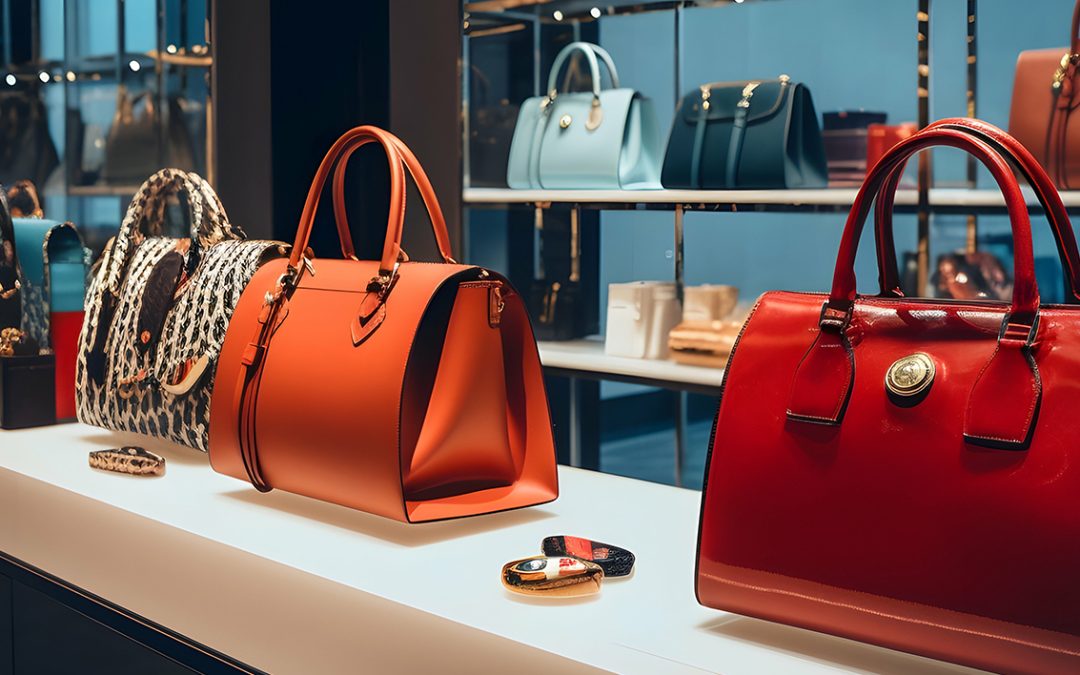What is functional branding?
You’ve heard of functional art. It’s where art meets practicality without giving up on its artistic value. In essence it’s the delicate balance of form and function. Functional branding follows the same line of thinking. It’s where branding meets the science of functionality. Functional Branding is a discipline where a brand’s raison d’être is based on solving the problems of its consumers, eloquently.
Succinctly stated, it’s where brands fulfill a practical consumer need, while crafting a compelling narrative that is anchored in the products real world benefits and attributes. By seamlessly integrating the features of the brand with every communication touchpoint, brands can deliver satisfying consumer experiences that appeal to consumers emotively, fostering loyalty. It involves aligning the brand’s identity, values, and communications with the functional benefits its products or services offer.
In functional branding, the focus is on the practical benefits and utility of the products, while in image branding, the focus is more on the emotional or symbolic attributes a brand represents.
Strengthening brand image
While functional branding is inherently focused on practical benefits, it can deepen the brand’s overall image. By building a reputation for reliability, efficacy, and quality, brand image can flourish. In fact, functional branding is a foundational layer that supports and enhances a brand’s overall image. It makes the brand’s promises concrete and verifies them through functionality.

